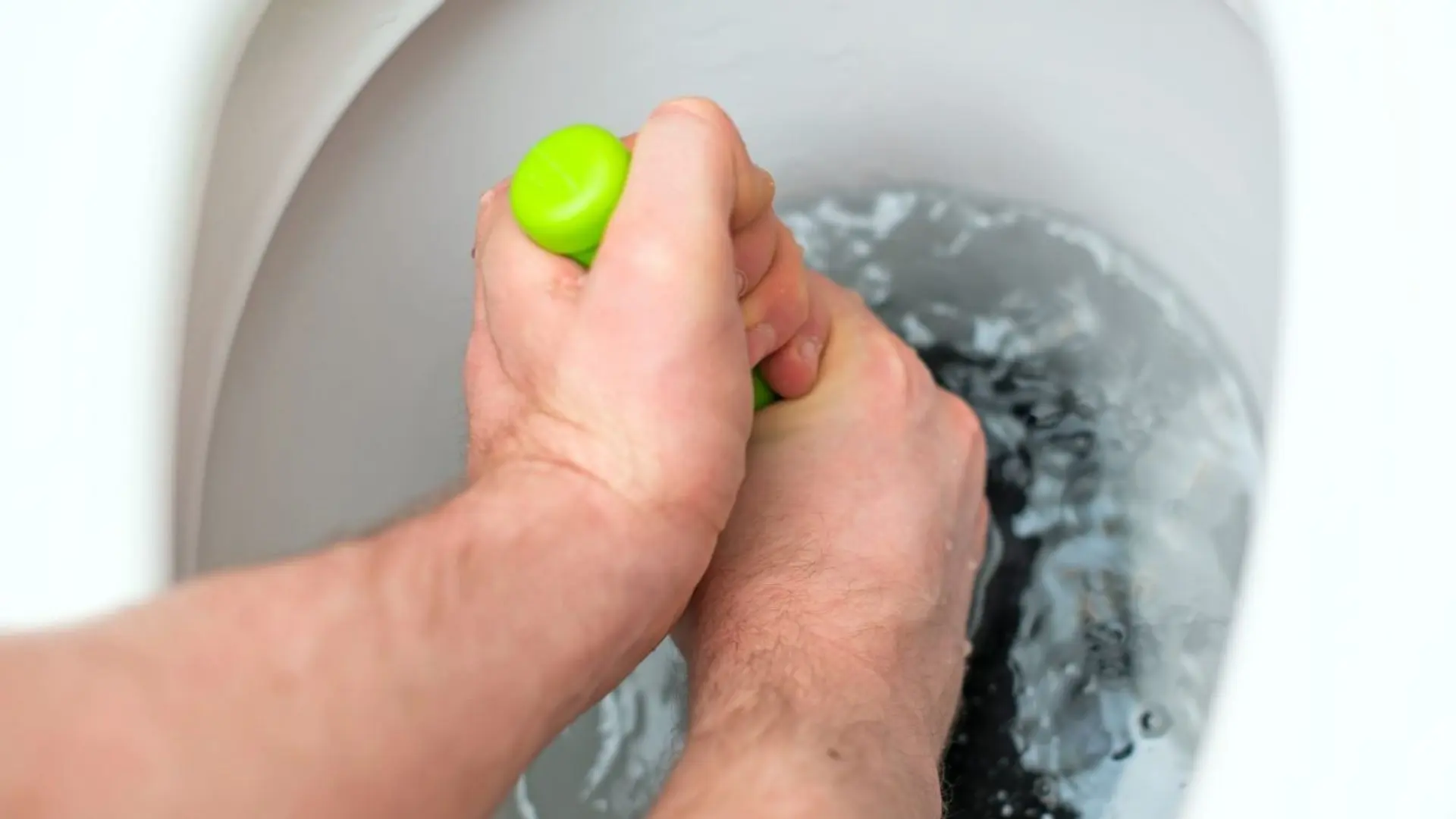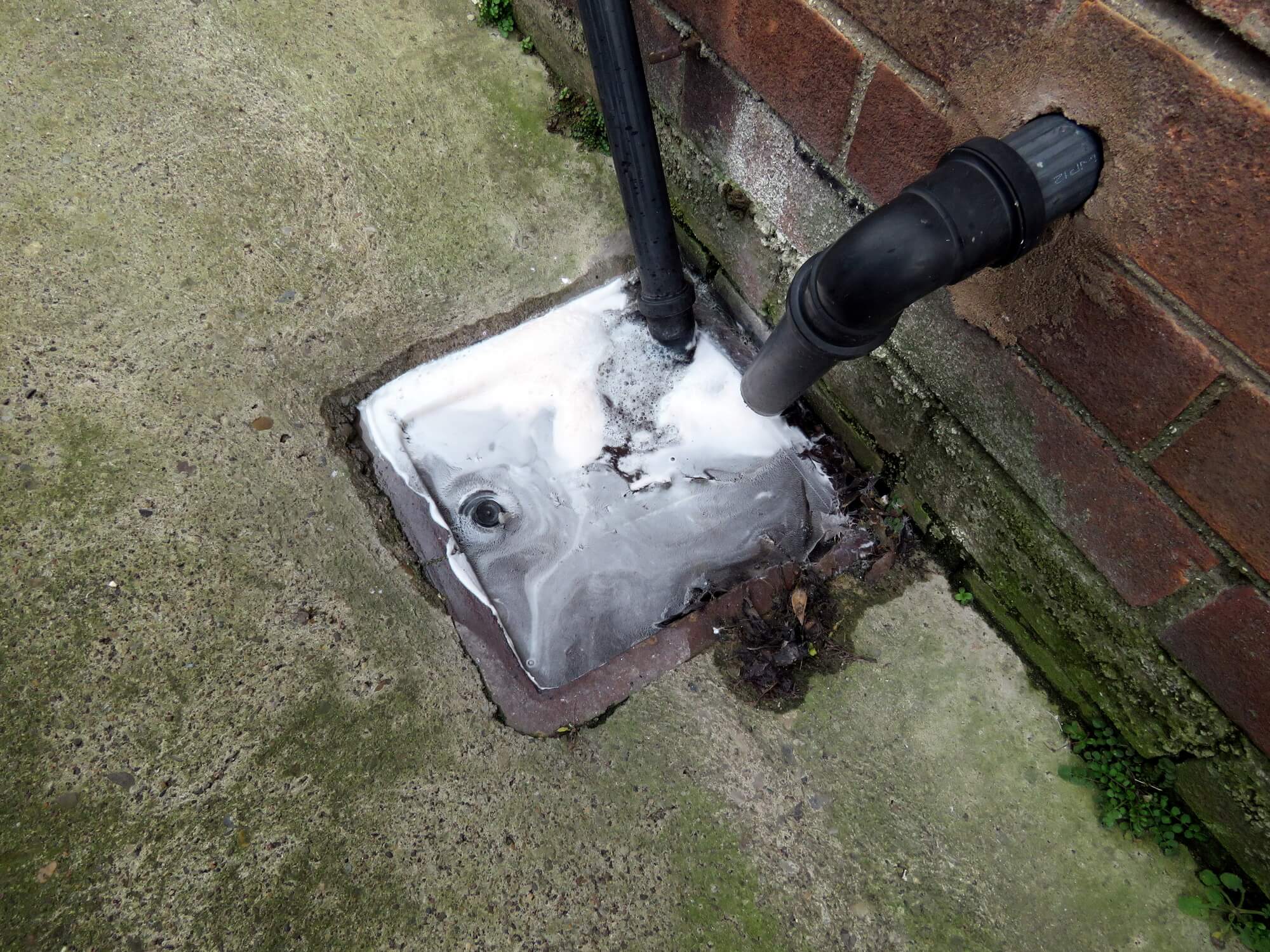Presented here on the next paragraphs you can discover some superb content relating to How to handle a clogged drain in your home.

Introduction
Dealing with a blocked drain can be an aggravating experience, interrupting everyday activities and possibly causing damage to your home. Nonetheless, before connecting to pipes experts, there are steps you can require to resolve the concern yourself. In this guide, we'll check out DIY remedies and safety nets to deal with an obstructed drainpipe efficiently.
Determining the Problem
The initial step in resolving a blocked drainpipe is identifying the indicators. Slow drain, gurgling noises, foul odors emanating from drains pipes, or water support up are common indications of a blocked drainpipe. Identifying these signs early can aid prevent additionally problems.
Common Root Causes Of Blocked Drainpipes
Comprehending the elements that contribute to drain pipes clogs is essential for reliable resolution. Common perpetrators include hair, soap scum, grease, food debris, and foreign items like hygienic products or paper towels. Tree roots getting into underground pipes can also cause considerable clogs.
DIY Solutions
For small obstructions, several DIY options can be effective. Pouring boiling thin down the drainpipe can assist dissolve oil and debris. Sodium bicarbonate and vinegar or a blend of salt and cooking soft drink can function as natural cleansers. Using a plunger or plumbing snake to displace blockages is another alternative.
Devices and Tools
Having the right tools handy can make do it yourself drainpipe cleansing more effective. A plunger is a flexible tool for clearing clogs in sinks, toilets, and showers. A plumbing snake or auger can reach much deeper clogs, while drainpipe cleansing chemicals can be made use of very carefully for stubborn blockages.
Preventive Measures
To avoid future blockages, taking on preventive measures is critical. Set up drain guards or filters to catch hair and debris prior to they enter the pipes. Regularly flush drains with warm water to liquify grease accumulation, and avoid getting rid of oil or strong waste down the drain.
When to Call a Specialist
While do it yourself services can deal with small clogs, particular signs suggest the demand for professional help. Relentless clogs, foul odors regardless of cleaning efforts, or several drains pipes backing up all at once are warnings that require expert treatment.
Selecting the Right Plumbing Service
When choosing a plumbing service, take into consideration variables such as experience, licensing, and consumer evaluations. Choose a trustworthy plumbing with a performance history of quality craftsmanship and clear pricing methods.
Price Factors to consider
The expense of expert drain cleaning company can vary depending upon the seriousness of the obstruction and the plumbing's rates. Request quotes from several carriers and ask about any kind of surcharges to make sure transparency and avoid shocks.
Security Precautions
When trying DIY drainpipe cleansing, prioritize safety. Use safety gloves and eyewear to avoid contact with hazardous chemicals or germs. Never ever blend various drainpipe cleansing products, as this can create unsafe fumes.
Instance Researches
Real-life examples show the performance of do it yourself options and the significance of prompt specialist treatment in solving drainpipe clogs.
Verdict
By following the suggestions described in this guide, you can successfully deal with blocked drains pipes and protect against future pipes problems. Whether selecting DIY solutions or looking for expert support, punctual action is crucial to keeping a healthy and balanced plumbing system and maintaining the integrity of your home.
How to Clear a Clogged Drain Yourself (And When to Call In the Professionals)
What Can Clog a Drain
Dirt Skin flakes Hair Grease Soap scum Food Offset pipes Tree roots Small objects Mineral buildup DIY Tricks to Unclog a Drain
You can fix this! Once you have identified the source of the clog (or have a vague idea), you can try one or a combination of these fixes in order to clear your plumbing.
Wire Hanger or Snake
Untangle and clear out hair from a drainpipe with a homemade snake. Use a straightened-out wire hanger with a 90-degree angle hook to locate the clog and drag out any unwanted material.
Remember not to push the clog further down to where the wire hanger cannot reach! If you need to follow up with a plunger, give it a try. Your efforts might be more successful after it’s been wire-snaked.
If you want to get fancy and don’t have a wire hanger to spare, head to the store and pick up a hand-operated drain snake. You can get one for $10-$30. It may save you the hassle, and provide additional length to reach deep into the clogged pipe.
Plunger
A cup plunger has a suction cup attached to a wooden handle. The rubber creates a seal around the drain, and increases the pressure force of the plunger.
Plunge for 30-second increments to loosen the clog. This may need to be repeated over the course of 15-20 minutes. Once plunged, run the water to flush the remaining material out of the drain.
Remember– never use a plunger if you have used a chemical drain cleaner. These chemicals can splash up from the force of the plunger and cause serious injury or burns.
Boiling Water
Hot water can sometimes break up materials into a flushable amount. Dirt, grease, and soap buildup requires heat in order to unstick from surfaces.
Take your kitchen kettle and heat your water to a boil. Once it reaches a rolling boil, pour it directly down the drain into the blockage. Carefully follow with plunging, if necessary.
Don’t worry if this takes more than one try! It can often take multiple kettles and repeated plunging in order to clear a particularly stubborn clog.
Chemical Drain Cleaner
As a last resort, pick up a bottle of chemical drain cleaner. Drain-cleaning chemicals are potent, and not very good for the environment.
You may need to wear protective eyewear in gloves before handling your bottle of chemical drain cleaner. Follow the instructions printed on the bottle, and flush with water as soon as the instructions allow. Do not follow with plunging.
Baking Soda and Vinegar
As a safer alternative to chemical drain cleaner, baking soda and vinegar can create a chemical reaction that clears tough clogs.
Combine one cup of cleaning vinegar with one cup of boiling water, and set aside. Once you have done this, pour half a cup of baking soda down the drain. Give the baking thirty seconds to settle and cover a large portion of the problem drain.
Following the baking soda, pour down your vinegar and hot water solution. Once the vinegar and baking soda combine, the mixture will bubble and fix. Let this reaction fizzle in the drain for about an hour.
After an hour, follow with a kettle’s worth of hot water. The heat and liquid should flush out any remaining material.
When to Call a Plumber
If your DIY attempts haven’t cleared your clog drain, it’s time to call in a professional. It’s not worth losing access to your kitchen sink or high-traffic bathroom. A clog in a vital area can keep you from the things you’d rather be doing, and derail your routine.
Anytime a clog is causing water to spread is a time to call in a plumbing service. What starts out as a little bit of water can quickly grow into serious, expensive water damage.
Additionally, a serious clog can result in burst pipes or serious leaks. Make sure you know when to take it seriously!
https://myguysnow.com/how-to-clear-a-clogged-drain-yourself-and-when-to-call-in-the-professionals/

We had been guided to that report about Tips for Dealing with Clogged Drains and Sewer Lines through an acquaintance on a different web blog. Enjoyed our article? Please share it. Let another person check it out. Thank you so much for going through it.
Visit Url